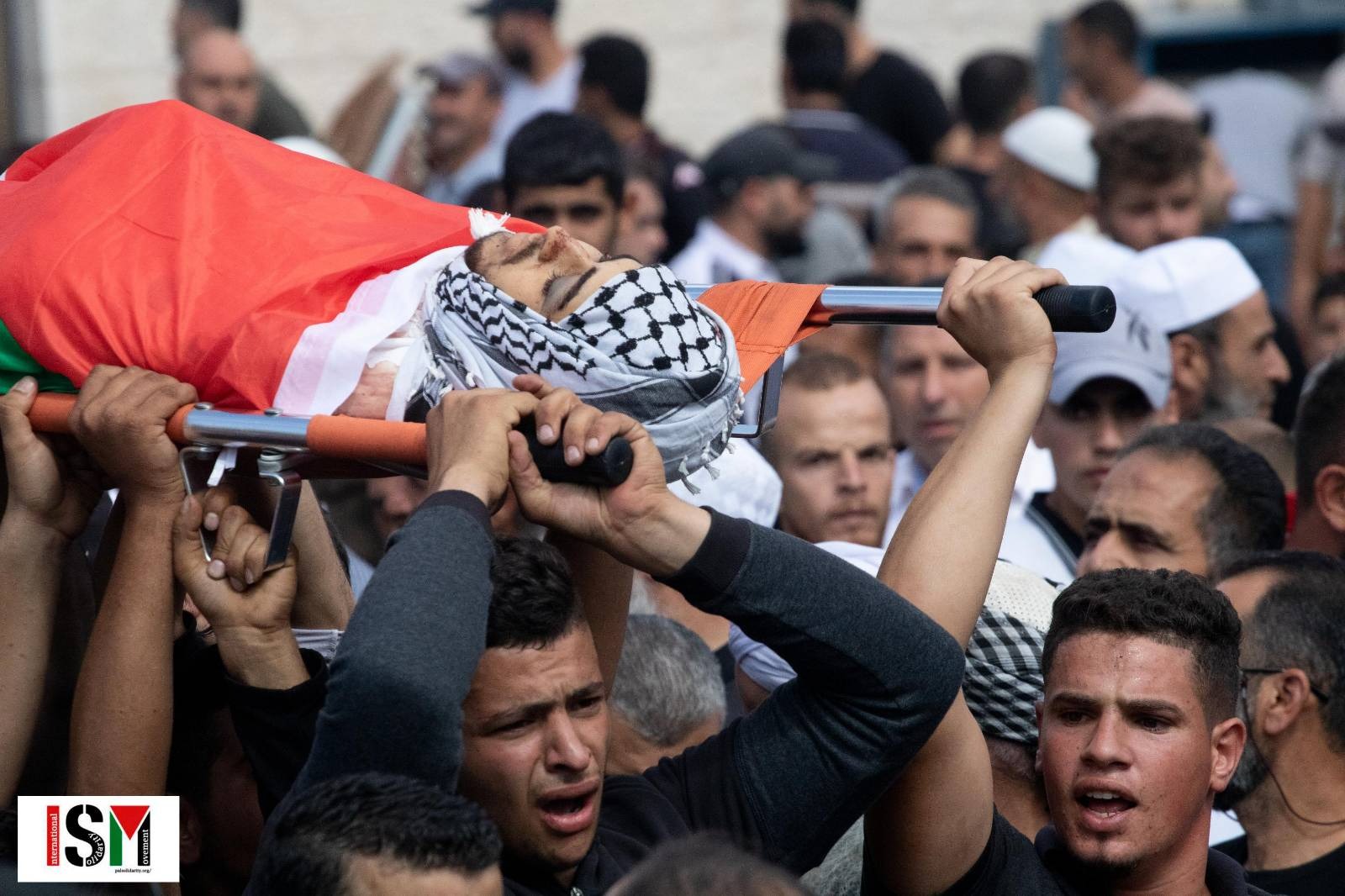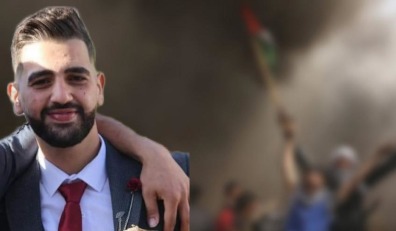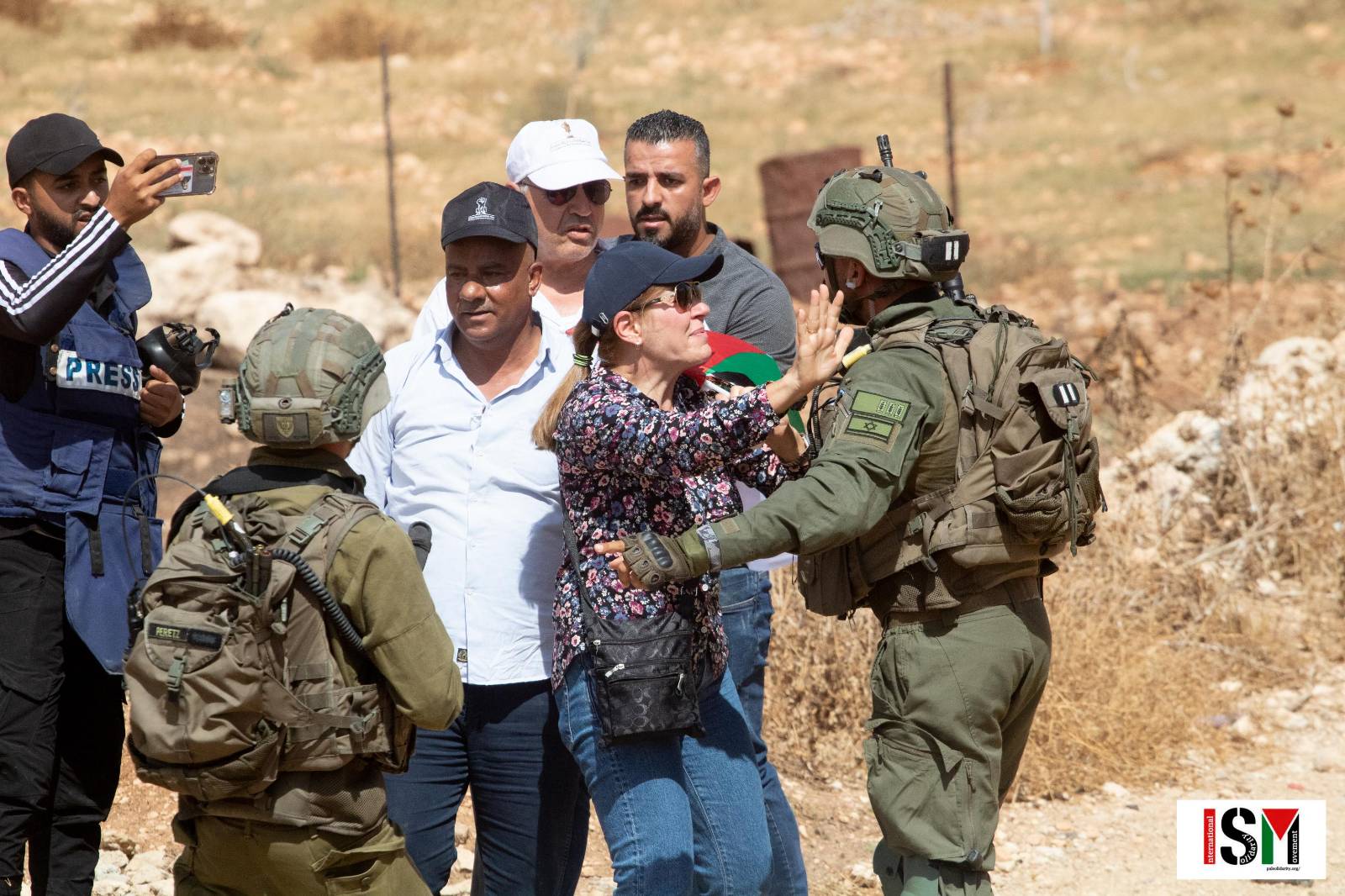Tag: Nablus
-
6 Palestinians killed by settlers with the protection of the Occupying forces in Qusra village
By Diana Khwaelid Qasra village – 12/10/2023 On the evening of Wednesday 11-10-2023, a group of extremist settlers stormed the village of Qusra, north of Nablus, and attacked Palestinian citizens. The settlers were working with the protection of the Israeli occupation army. Palestinian youth from the village came out to try and defend from the…
-
Endless Israeli military campaigns in Tulkarem
By. Diana Khwaelid Tulkarm – 5-10-2023 A rapid military operation carried out by the Israeli occupation forces in Tulkarem camp at dawn today, around 5 a.m. Dozens of Israeli military vehicles stormed Tulkarem camp in the centre of the city, in the northern West Bank. Strong confrontations and clashes broke out between Palestinian militants who…
-
Beit Dajan faces the occupation
By. Diana khwaelid for ISM Palestinian activists marked the third consecutive anniversary of the revival of national events to resist the occupation of the lands of Beit Dajan – east of Nablus. At noon on Friday-2-9-2023, Palestinians set off to participate in the weekly march from the village of Beit Dajan to the illegal outpost…



